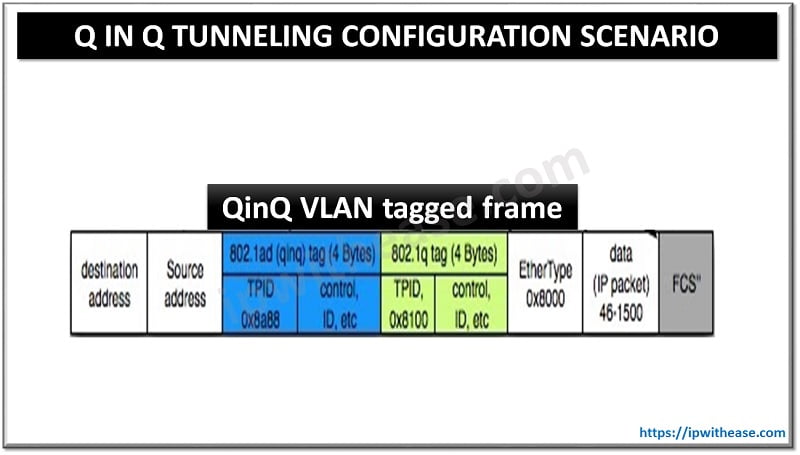Table of Contents:
Fuses are vital electronic parts that provide protection for electrical devices and systems. They help in preventing damage due to short circuits or overcurrent. Today there are different types of fuses on the market, each of which has its respective features. It’s important to know the different types and their key features for safe selection. This comprehensive guide will take you through navigating industrial fuses for safe selection, so read on!

What is an Electronic Fuse?
An electronic fuse is a safety device that helps protect electrical circuits from the negative effects of overcurrent or short circuits. They play a crucial role in ensuring safety for a wide range of devices, and home appliances like computers, refrigerators, and televisions. Fuses are composed of a thin metal strip that disconnects circuits in response to excessive flow of current.
Another critical function of fuses is that they act as stabilizers or circuit breakers to protect devices and appliances from harm. Also, to reduce the risks and dangers linked with electric arc blasts and wire burning, most manufacturers place fuse wires in a protective sheath.
As highlighted earlier, fuses are available in different designs and types. However, a key thing to understand is that their strips consist of zinc, aluminum, or copper connected in series to the circuit.
How Do Fuses Work?
The main component of an electronic fuse is the fuse element which is mostly a metal wire encased in a housing. If the current that passes through a circuit is within the fuse-rated value, the element will allow the current to flow seamlessly. However, in a case where there is an overloaded circuit or short circuit, it will cause the current to go beyond the rated value of the electronic fuse. This will cause the element to melt and break the circuit.
Basically, the electronic fuse gets damaged to prevent connected equipment and appliances from getting damaged. The key thing to understand is that for a fuse to work, the current rating of the fuse must be adequate for the circuit.
Key Features of the Different Types of Fuses
To safely select an electronic fuse for your device or appliance, you need to understand the key features of the various types of fuses. Here’s an overview of these features and how they influence the performance of a fuse:
Physical Characteristics
The physical characteristics of fuses include the materials they are made of, their size, and their shape. In general, the conductive elements of fuses are made from zinc, aluminum, or copper, each of which varies in terms of durability and performance. Fuses are also available in different sizes and shapes depending on their application. It’s important to understand each fuse design so you can use the one that suits your needs.
Current and Voltage Rating
The current rating of a fuse is an indication of the maximum current it can carry without causing damage. When choosing a fuse, it’s advisable to select one with a rating that is slightly higher than the normal operating current of the circuit.
Also, voltage rating describes the highest voltage that the fuse can interrupt safely. Like with the current rating, selecting the ideal voltage rating is important for effective protection. The ability of a fuse to interrupt or break safety without causing damage is called the breaking capacity of the fuse. For better protection, it’s advisable to choose a fuse with a higher breaking capacity.
Temperature Sensitivity
Temperature can influence the performance of fuses as they are designed with different temperature sensitivity levels. Always consider the operating temperature range of the intended application and ensure that it’s compatible with the fuse you choose.
Types of Fuses
Now that you know the key features of fuses, let us look at the various types of fuses, their features, and applications. They include the following:
- AC Fuse: AC fuses are designed to protect the AC circuits in most homes, offices, and businesses. You will mostly find these fuses on appliances like refrigerators and air conditioners, where they offer protective capabilities. The distinguishing feature of this type of fuse is the greater resistance to electric arc blowing they provide. This further makes them the ideal option for standard voltage power sources.
- DC Fuse: They are designed to protect DC circuits, mostly found in devices like battery-powered electronics or solar panels.
- High Voltage Fuse: Circuits with large electrical loads mostly use high-voltage fuses for effective protection. Examples of these circuits include transmission lines and power transformers. The fuse is designed to be robust, so it can handle high currents.
- Low Voltage Fuse: They provide protection for the circuits that receive low voltage. Examples include lighting systems and home appliances.
- Cartridge Fuse: They are designed with a metal wire and a cylindric body that allows them to protect low-voltage circuits.
- Automotive Fuse: Automotive fuses, bolted type, and blade fuses offer protection for the circuits in vehicles. They are mostly compact and color-coded with their unique amperage ratings.
- High Rupturing Capacity (HRC) Fuse: They are also known as link-type cartridge fuses, and they are designed to protect circuits from high currents, especially in industrial settings.
These are the most common types of fuses you’ll find on the market today, and they all play a role in protecting electrical circuits and devices. More than just providing protection, fuses will also allow you safe time and money on repairing or replacing damaged electrical components and equipment.
Conclusion
Generally, the main factors that distinguish a fuse are its design and ratings. This is the factor that determines the amount of current that the fuse can effectively handle without blowing up. For a safe fuse selection, the power rating is the most important factor to consider. If you want to buy electronic components online, always ensure that the current rating of the fuse is slightly higher than the operating current of the device. With that, you can rest assured that the fuse will not trip or blow up in response to a minor and harmless surge in power.
Continue Reading:
Top 50 Electrical Engineering Interview Questions
ABOUT THE AUTHOR
IPwithease is aimed at sharing knowledge across varied domains like Network, Security, Virtualization, Software, Wireless, etc.



